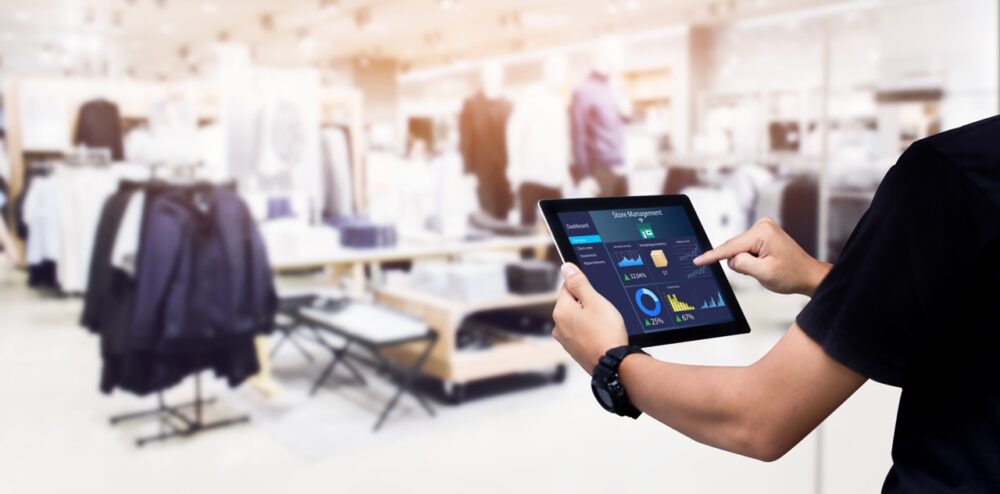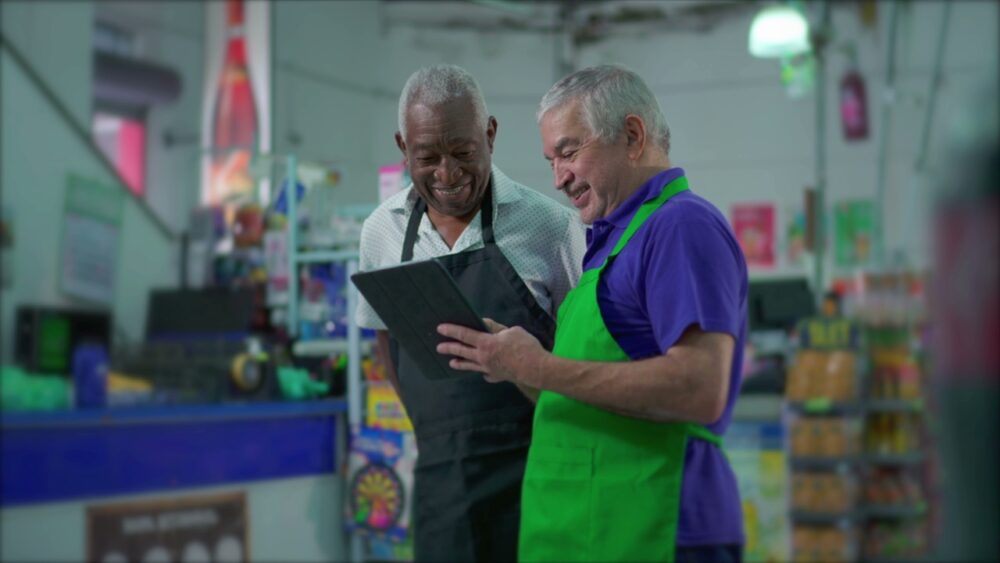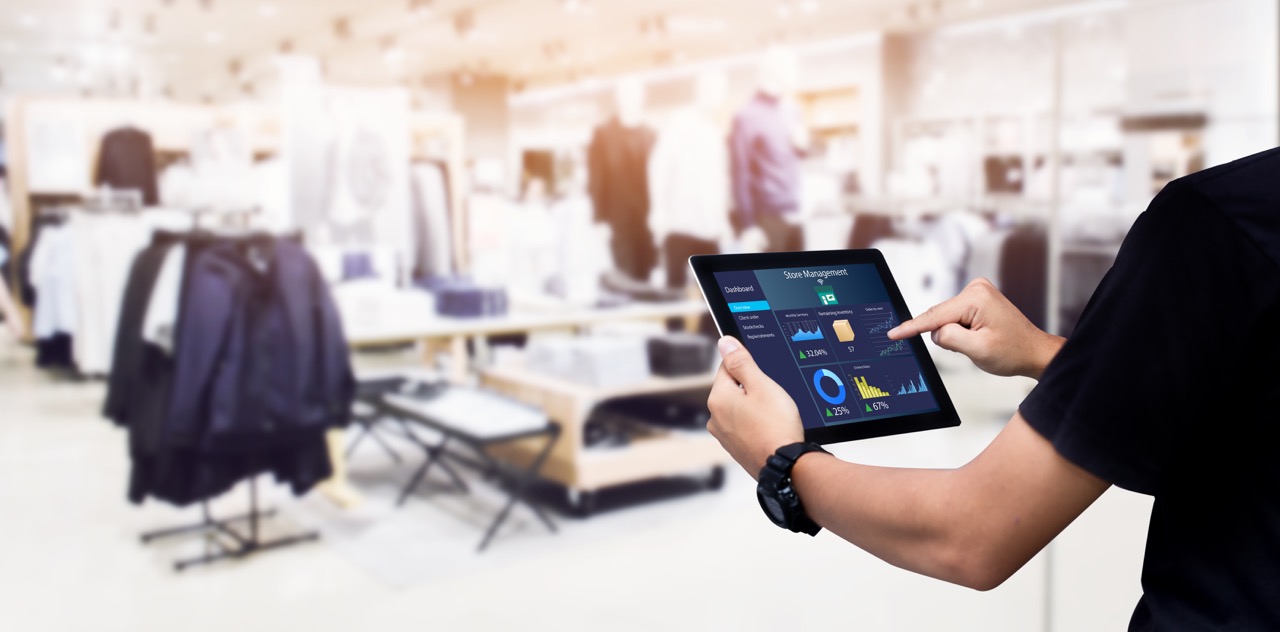In a business world where customers demand seamless shopping experiences, retailers face intense pressure to keep up. Luckily, new technology offers solutions to streamline retail store operations, boost operational efficiency, and provide top-notch service.
This article explores how cutting-edge tech can transform the retail industry. Read on for more insight!

Optimizing Inventory Management
Proper inventory control is crucial for any retail business. However, manual methods are time-consuming and prone to errors. Enter smart inventory management systems. These nifty tools use real-time data analytics to forecast demand, automate reorders, and minimize stockouts or overstocking.
But how do they work? Advanced inventory management software integrates with point-of-sale systems, monitoring every sale and tracking stock levels. As items run low, the system automatically places reorders with suppliers. It even accounts for seasonal trends, promotions, and supplier lead times. No more guesswork or scrambling to restock shelves.
To get started, hiring Kenyatta Computer Services or others should be at the top of your to-do list. They can guide you in the process of switching to smart inventory management systems.
Enhancing the In-Store Experience
While online shopping is convenient, many shoppers still prefer the in-store experience. Innovative retail businesses are using tech to make brick-and-mortar visits more engaging and personalized.
Have you ever wished you could just scan an item and get all the details? Interactive product displays with RFID (Radio Frequency Identification) or QR codes allow customers to instantly access product info, reviews, and recommendations with their smartphones.
Another nifty tool? Smart mirrors in fitting rooms let shoppers view alternate colours, request different sizes, and even share looks with friends. It’s like having a personal stylist on hand.
This will require you to spend some money to improve the customer experience in your store, so consider checking out Credibly’s financing solutions or other lenders to ensure your plans are well-funded.
Streamlining Checkout and Payments
Long checkout lines are a great way to frustrate customers and lose sales. Contactless payments and mobile checkout solutions eliminate this pain point.
Retailers are embracing mobile POS systems that turn tablets or smartphones into portable checkout counters. Staff can process payments from anywhere in the store, reducing bottlenecks. Some chains even offer scan-and-go options so shoppers can simply scan items with their phones and pay seamlessly.
Enhancing the Online Shopping Experience
While brick-and-mortar remains important, the online channel is vital for modern retailers. Fortunately, tech innovations make e-commerce smoother and more immersive.
Virtual try-on tools use augmented reality (AR) to let shoppers digitally ‘try on’ clothing or makeup before buying. 3D product imagery provides a 360-degree view, helping shoppers visualize items better than flat photos.
On the backend, AI-powered recommendation engines analyze shopper behaviour to serve up personalized product suggestions, boosting sales and customer satisfaction.
Streamlining Order Fulfillment and Delivery
For many shoppers, fast and affordable delivery is non-negotiable. Retailers can tap into smart routing software to optimize delivery logistics.
These systems calculate the fastest routes while accounting for traffic patterns, driver schedules, and service time windows. They can even facilitate real-time communication with customers about delivery ETAs.
In densely populated areas, some retailers use innovative solutions like delivery robots or drones to get orders to customers’ doors faster. While still emerging tech, these automated delivery methods show promise for the future.

Supply Chain Optimization
A robust supply chain is the backbone of any efficient retail operations. Cutting-edge solutions provide unparalleled visibility across the entire chain.
Internet of Things (IoT) sensors track shipments from suppliers to warehouses to retail stores. Blockchain technology creates an immutable record of transactions and handoffs. Machine learning algorithms analyze this wealth of data, identifying inefficiencies and predicting disruptions before they occur.
On the warehouse floor, robotics and automated guided vehicles speed up processes like picking, sorting, and packing. Some retailers have even implemented innovative pick-to-light and voice-directed systems to make order fulfilment faster and error-free.
Data-Driven Decision Making
With so much customer data available, smart retailers rely on sophisticated analytics tools to turn insights into action. These platforms crunch numbers from multiple sources – POS systems, e-commerce platforms, loyalty programs, and more – to reveal critical patterns.
Managers can visualize metrics like sales trends, inventory turnover, and customer lifetime value. AI-powered analytics dig deeper, serving up predictive insights and recommendations to shape strategy. For instance, it might suggest markdowns for slow-moving seasonal items or pinpoint opportunities to cross-sell.
The Future is Frictionless
While innovative tech brings major benefits, full implementation isn’t without challenges. New systems require significant investment plus training to get staff on board. Data privacy and security are also critical concerns as cyber threats evolve.
Final Thoughts
Despite hurdles, the future of retail is frictionless and tech-driven. Brands that embrace solutions to simplify operations and dazzle customers will gain a serious competitive edge. After all, today’s shoppers demand amazing experiences both in-store and online.



















